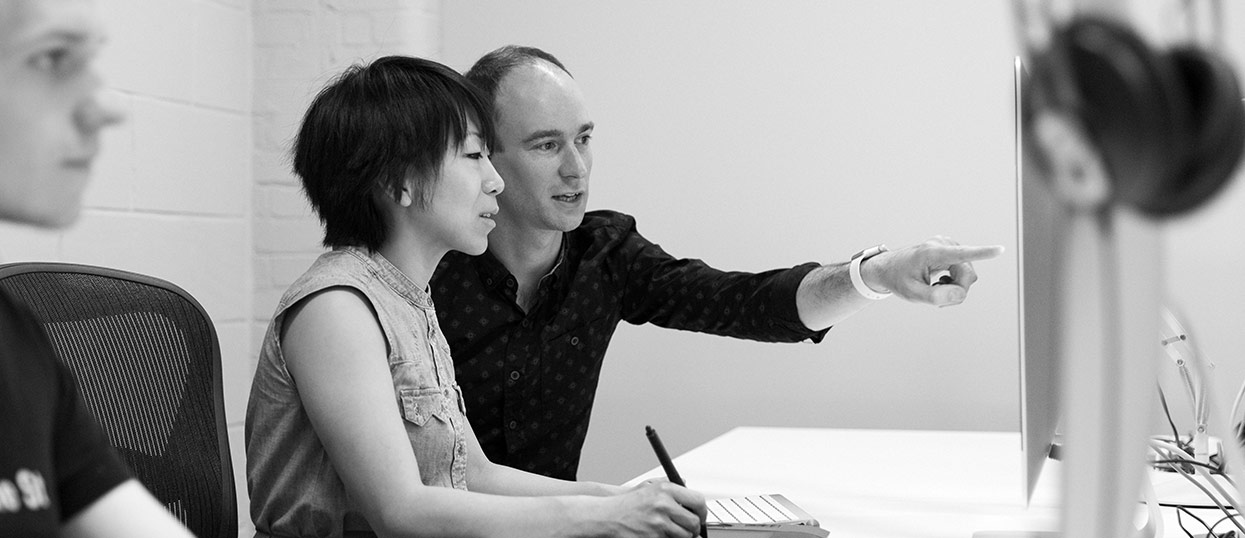Hire an interim UX Director
Have you identified a need for a UX Director at your company, but aren’t ready to hire or can’t commit to a full time role?
Design is business critical, but it can be hard to know where to start when transitioning to a more design-led organisation. Jumping in the deep end and trying to hire a 6 figure salary professional is high-risk if you’re unfamiliar with what to look for.

UX Design is at the core of all digital design – if you have a product, service or app with customers then you need to embed UX Design into your organisation. We can offer you a part-time UX Director that will allow you to test the waters and start you on the path to bringing UX Design thinking into your organisation.
Hiring a part-time UX Director from Every Interaction comes with the added benefit of having access to resource to get digital UX and Design tasks done as and when required if there are skills or capacity outside of your existing team.
Hiring a part-time UX Director from us will…
- Give you instant access to a world-class Director level UX professional.
- Allow you to trial UX Design leadership at a fraction of the risk and cost.
- Provide you with an individual backed by a team of specialists they can call upon.
- Help transform your internal thinking to be more accepting of UX Design methodologies and practices.
- Help you start, grow or train your internal design team.
- Ensure your business continually improves.
- Give you a safer pair of hands than hiring a traditional contractor.
- Allow you the flexibility to grow your team and see a greater return on your investment in them.
- Minimises your costs, while maximising the return.
How much does it cost?
Contract (min 2 months) |
4 week trial |
|---|---|
|
1 day per week |
1 day per week |
|
2 days per week |
2 days per week |
|
3 days per week |
3 days per week |
|
4 days per week |
4 days per week |
Contact us about this service
Let’s arrange a call to discuss how this can work for you and your team.
At this point, “design is a competitive advantage” is an understatement. As new interfaces transform the way we work and live, designers, and creatives of all kinds have become central to companies and movements… The most common question I get from founders and boards is to help them source great design talent and build a product organisation that is design-driven.
~ Scott Belsky
Investor, Chief Product Officer at Adobe, Founder at Behance
FAQ
Where can you work?
What are the other skills we can call upon?
How will you bill for this time?
What are the contract terms?
Director? Does this mean board privileges?
How does this compare to a hiring a contractor?
Why wouldn’t I just hire a senior UX designer full-time?
What day(s) of the week will it be?
Contact us about this service
Let's arrange a call to discuss how this can work for you and your team.
Other services you may be interested in
Contact us about your project
Thank you for your enquiry.